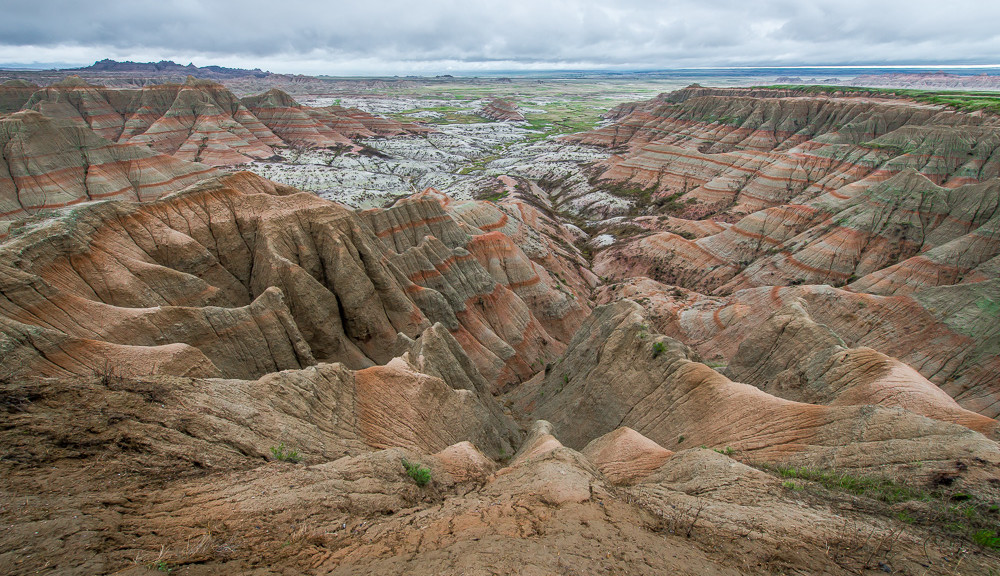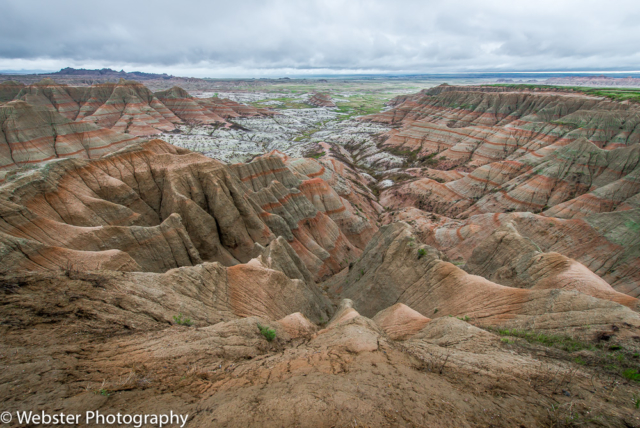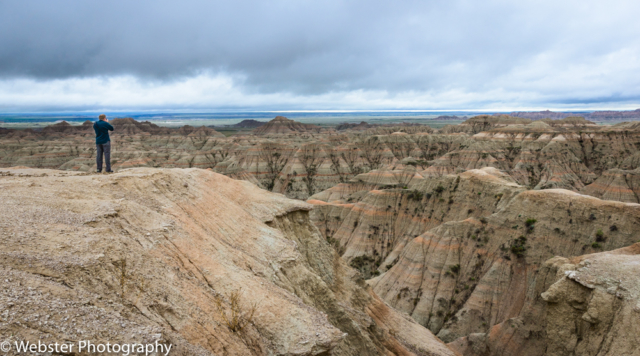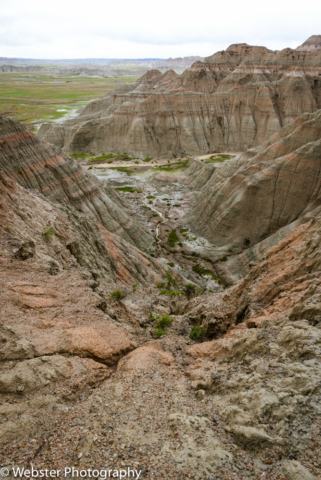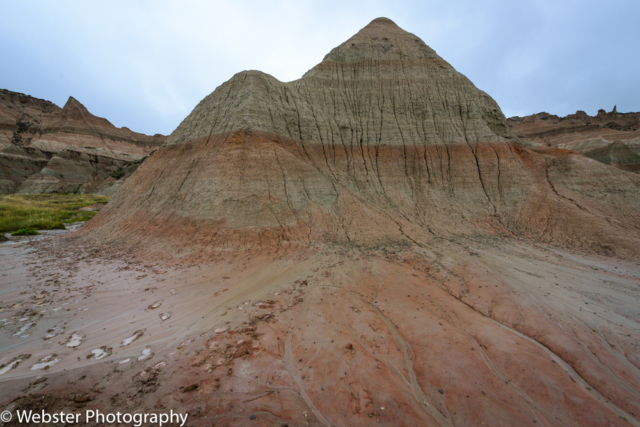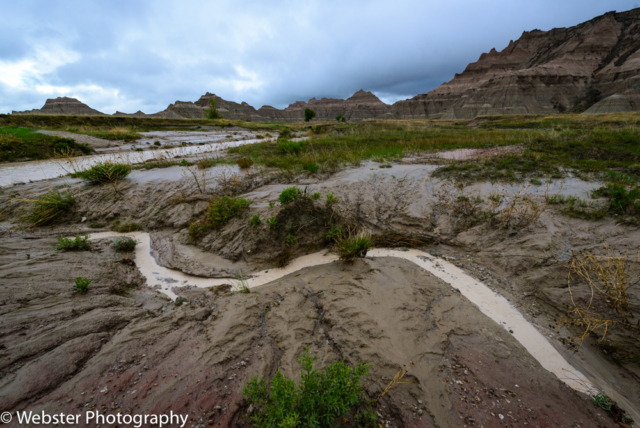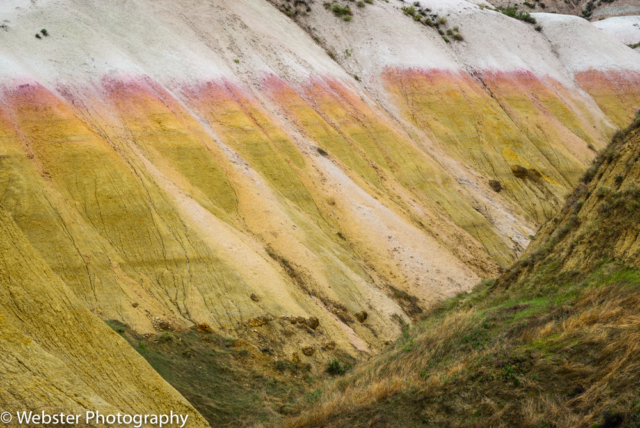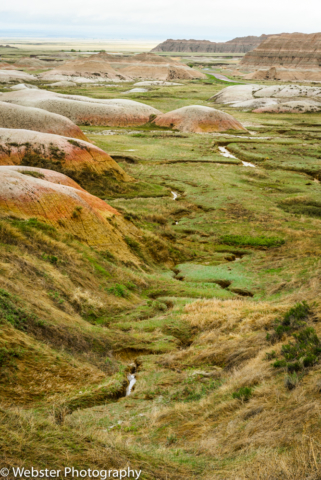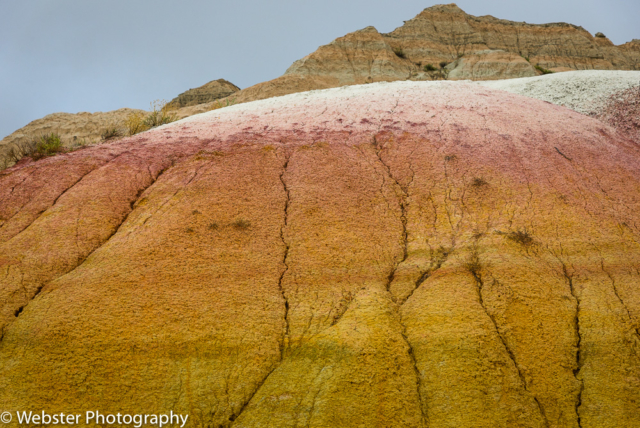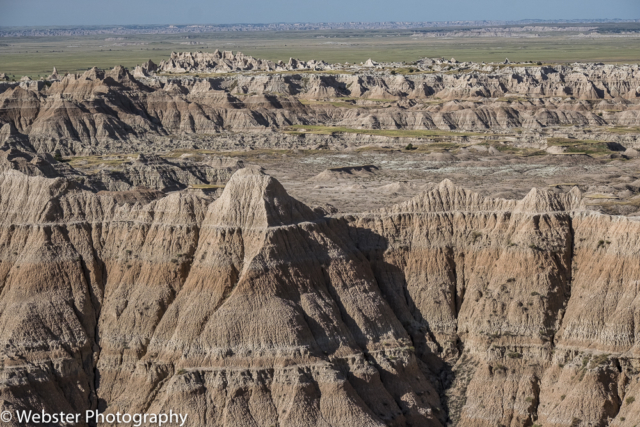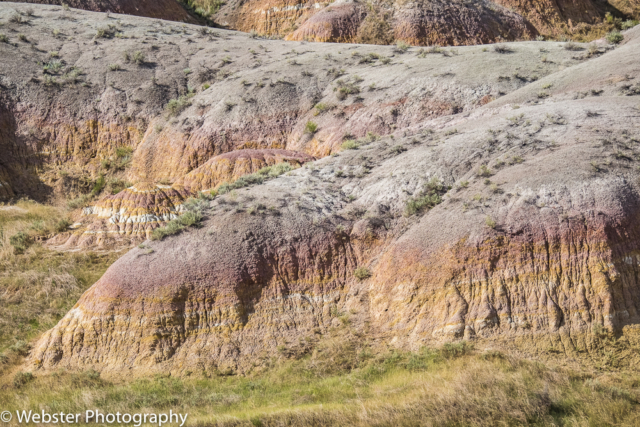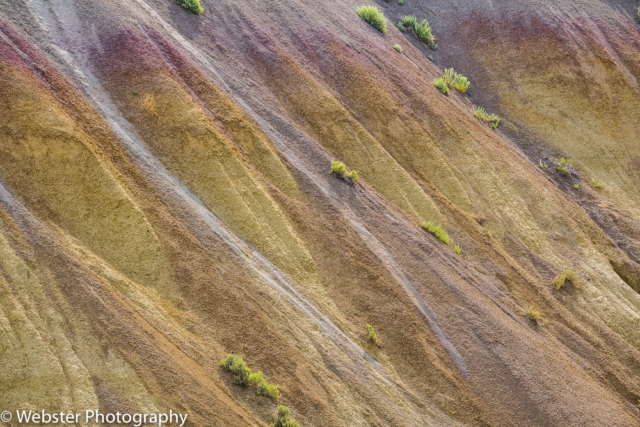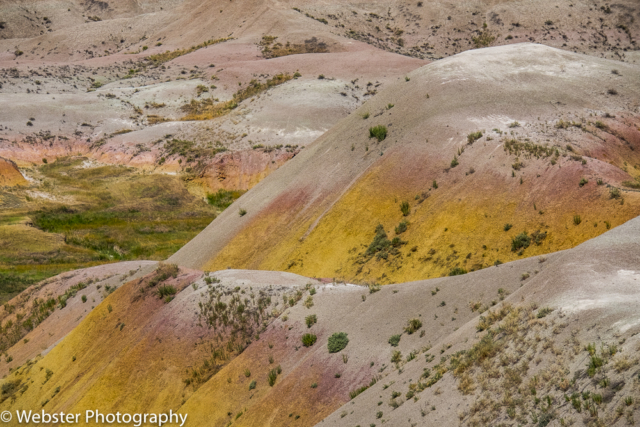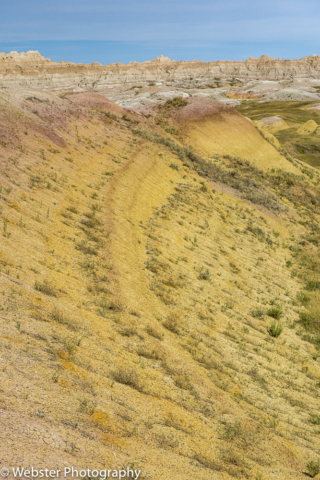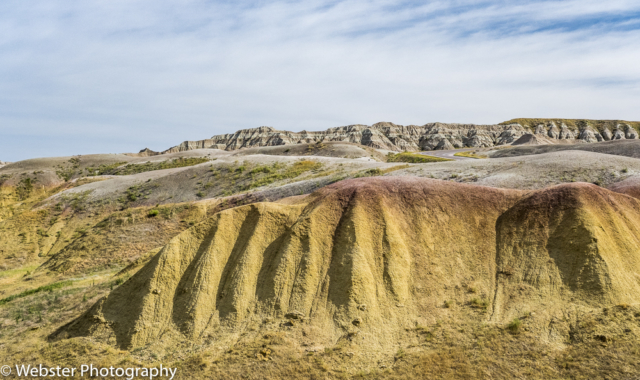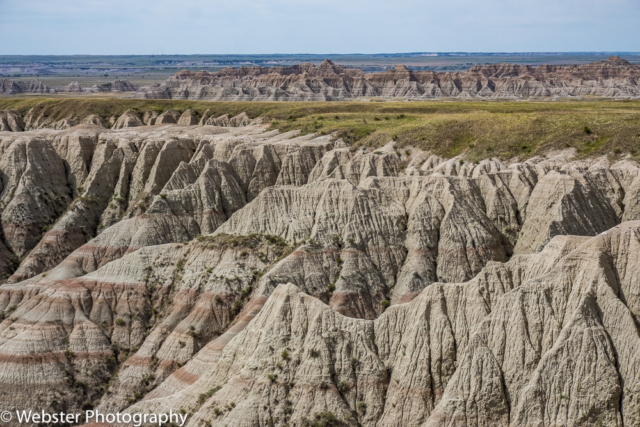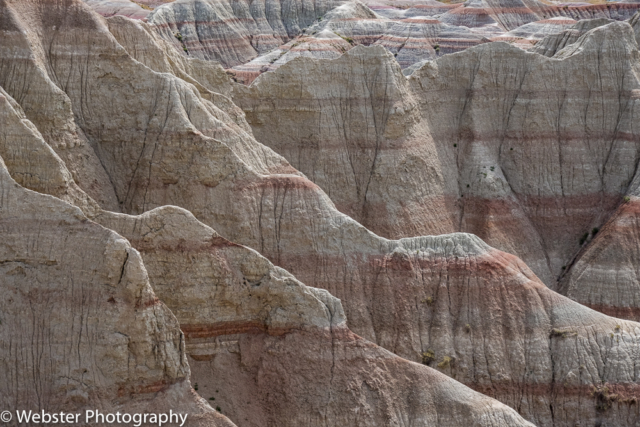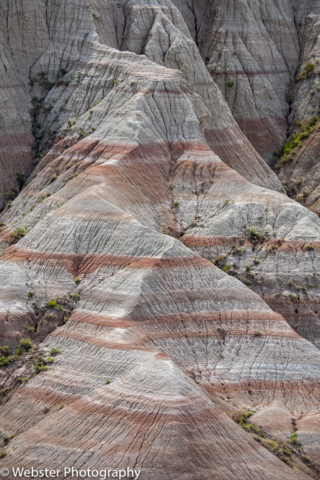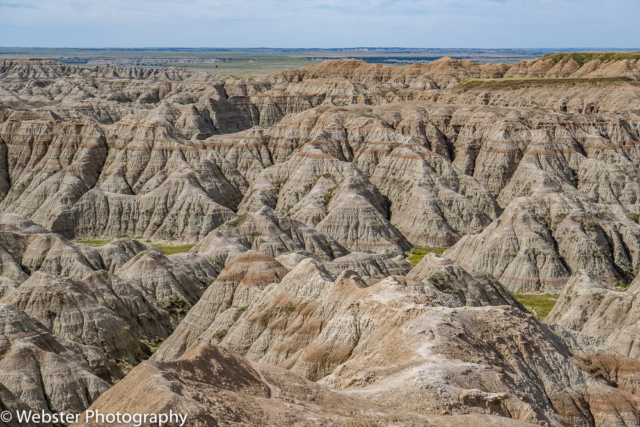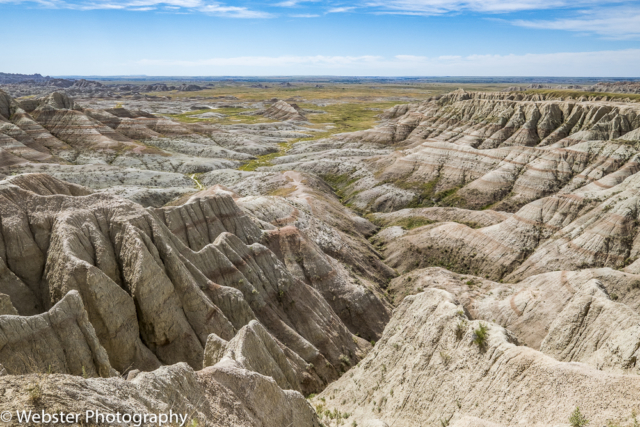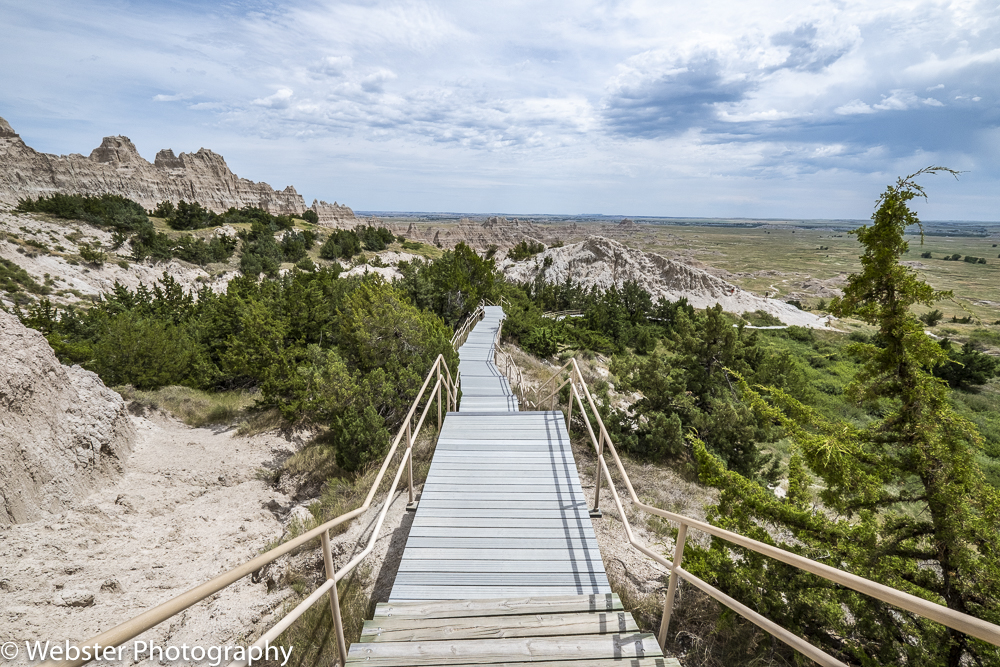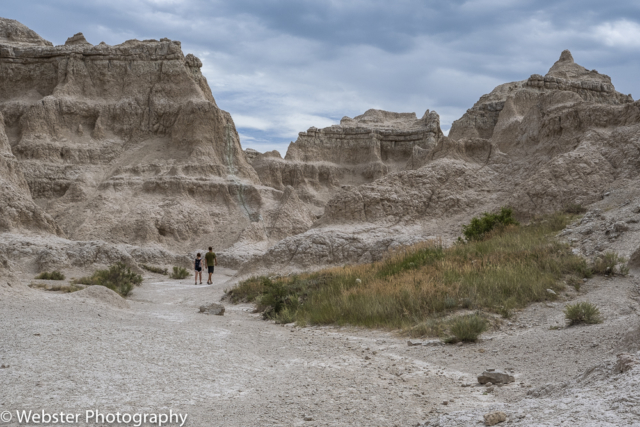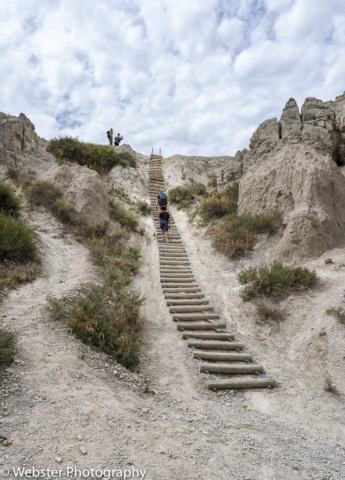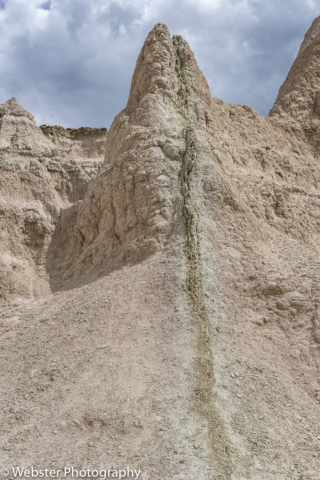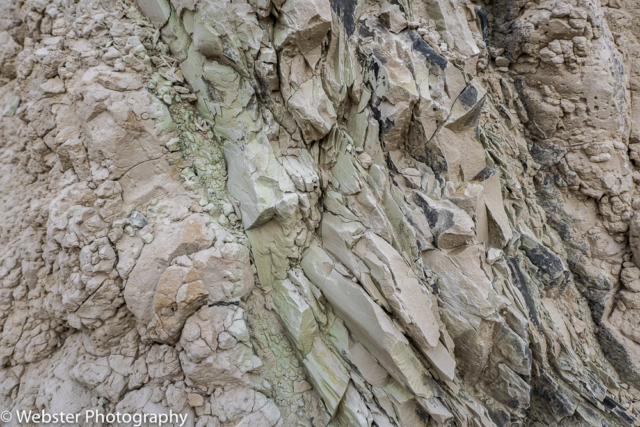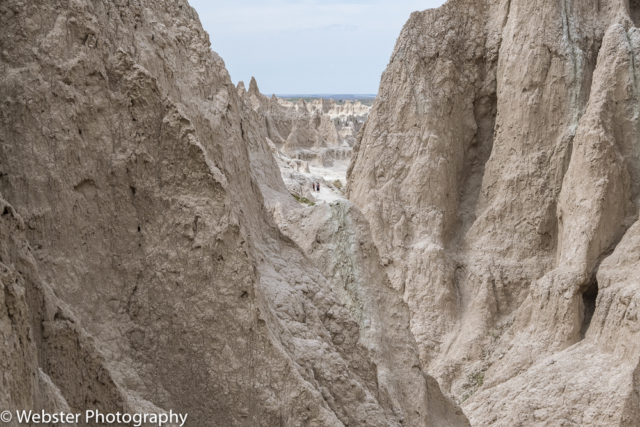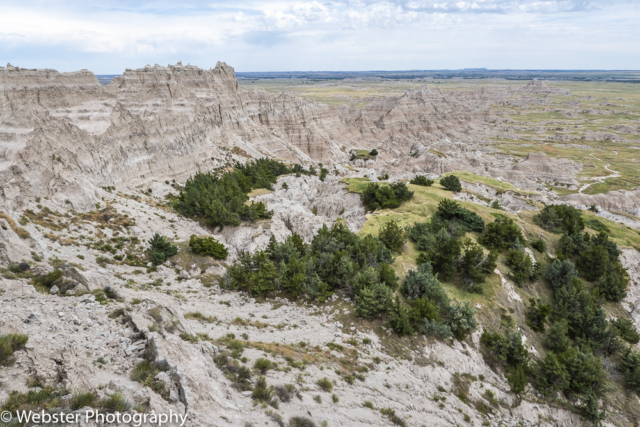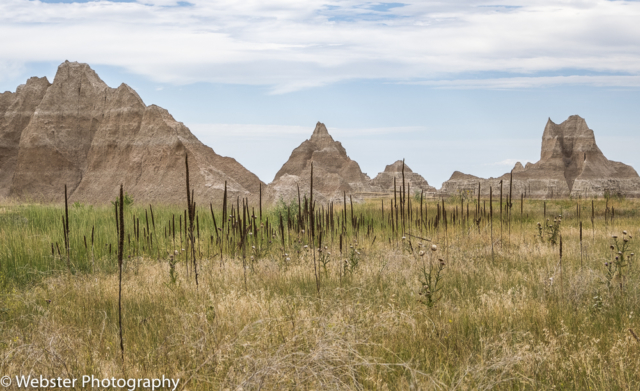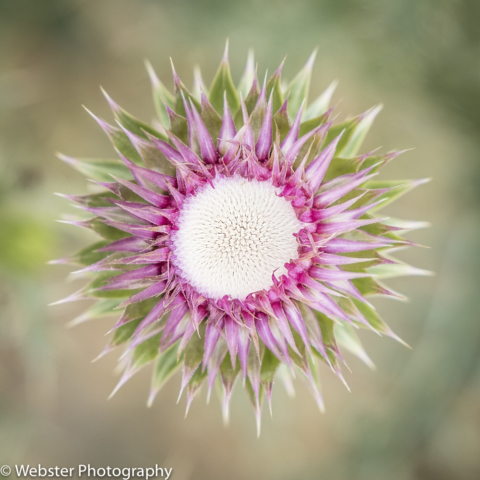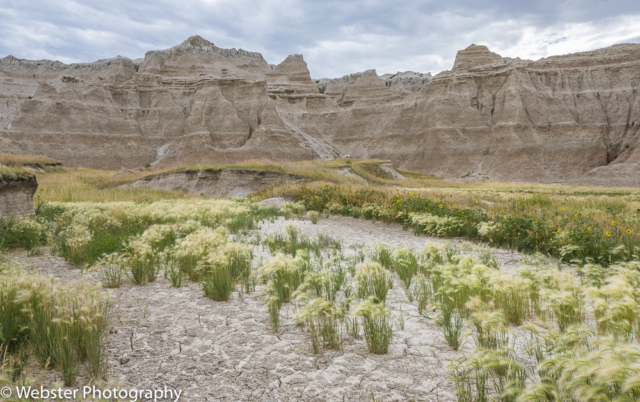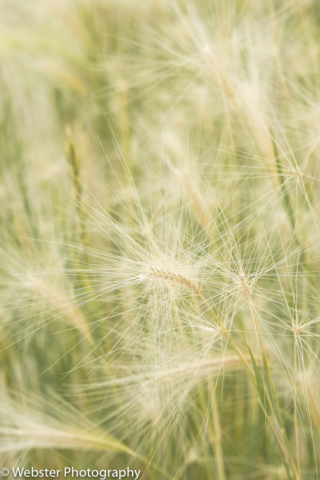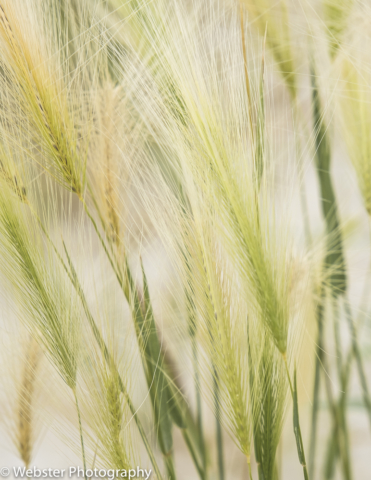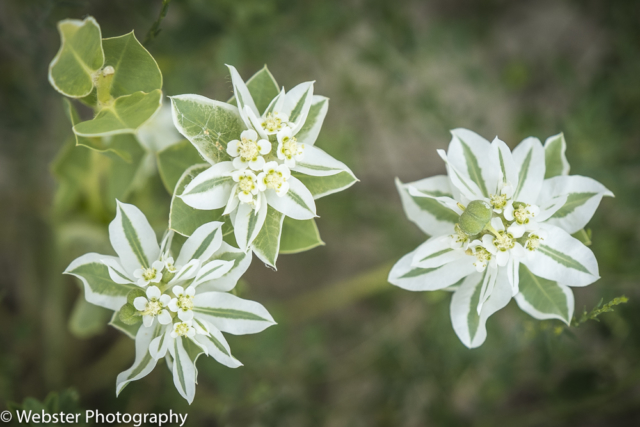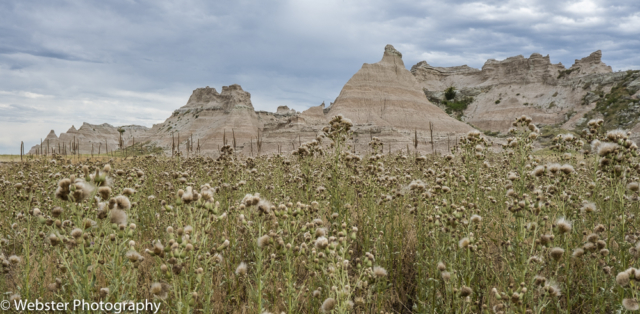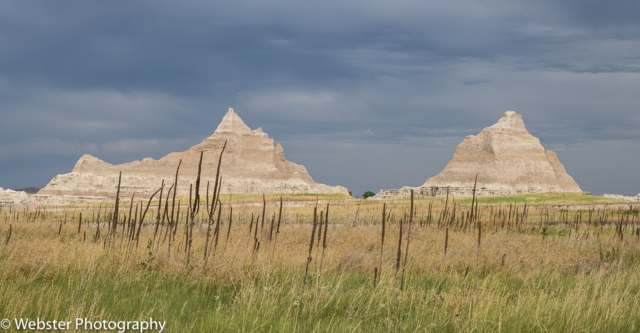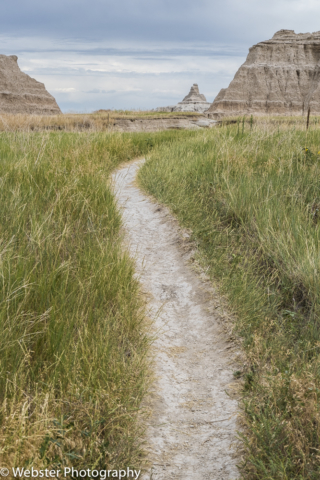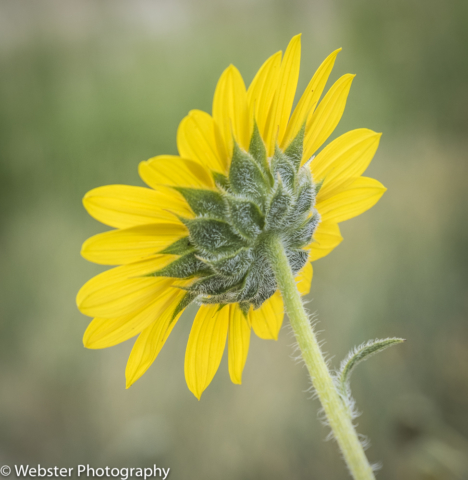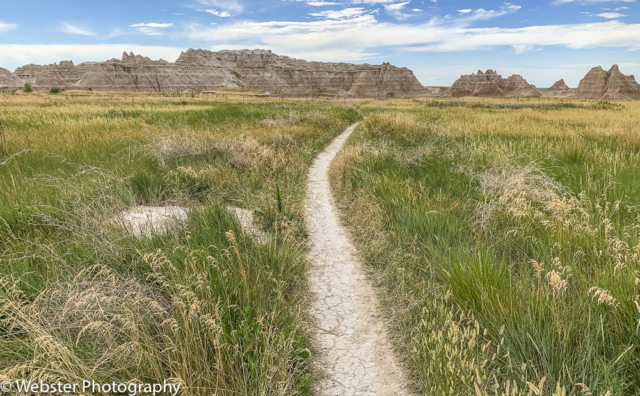Badlands National Park is located in southwestern South Dakota. The park protects 242,756 acres of sharply eroded buttes and pinnacles, along with the largest undisturbed mixed grass prairie in the United States. The National Park Service manages the park, with the South Unit being co-managed with the Ogala Lakota tribe.
Established: November 10, 1978
Size: 242,756 Acres
Rank: 28
# Visitors in 2018: 1,008,942
(May 2015) We visited Badlands National Park on our way out to Montana where we spent the entire summer of 2015, attending photography school (http://www.rmsp.com/). We did not have a lot of time, as we wanted to spend most of our time in Yellowstone. We opted to drive the 30-mile loop of South Dakota Highway 240 between the towns of Cactus Flat and Wall. We made several stops at the many scenic overlooks. The rock formations were breathtaking!!! The shapes, patterns, and colors were amazing and different at every turn. The weather was a bit stormy while we were there, making for some great photographs.
(July 2020) We revisited Badlands National Park on our way out west during our 2 1/2 month RV roadtrip. We were able to spend a very full day in the park. We drove the entire 30-mile Badlands Loop Road, stopping at every view point, and did a few hikes. We stayed the night at Cedar Pass Campground within the park.
Here a few of my favorites from the drive along Badlands Loop Road.
We then hiked the Cliff Shelf Nature Trail; a moderate 0.5 mile boardwalk loop beneath the Badlands Wall formation and noted for its juniper forest.
We hiked the 1.5 mile round trip Notch Trail up a badlands canyon to an overlook with massive views over the Great Plains. At one point, we had to ascend (and descend) a steep wooden ladder. We also saw a cool geological phenomenon called a Clastic Dike; vertical sheets of rock that cross-cut the horizontal layers of the badlands. They are usually a different color than the surrounding rock, with tan, green, and red shades most common. These colors are caused by minerals like hematite (rust) and chlorite. (Source: Badlands NP website)
Our final hike was Castle Trail, although we only did 2 miles of it. We had already had a very full day and were anxious to set up camp, grill and relax.

